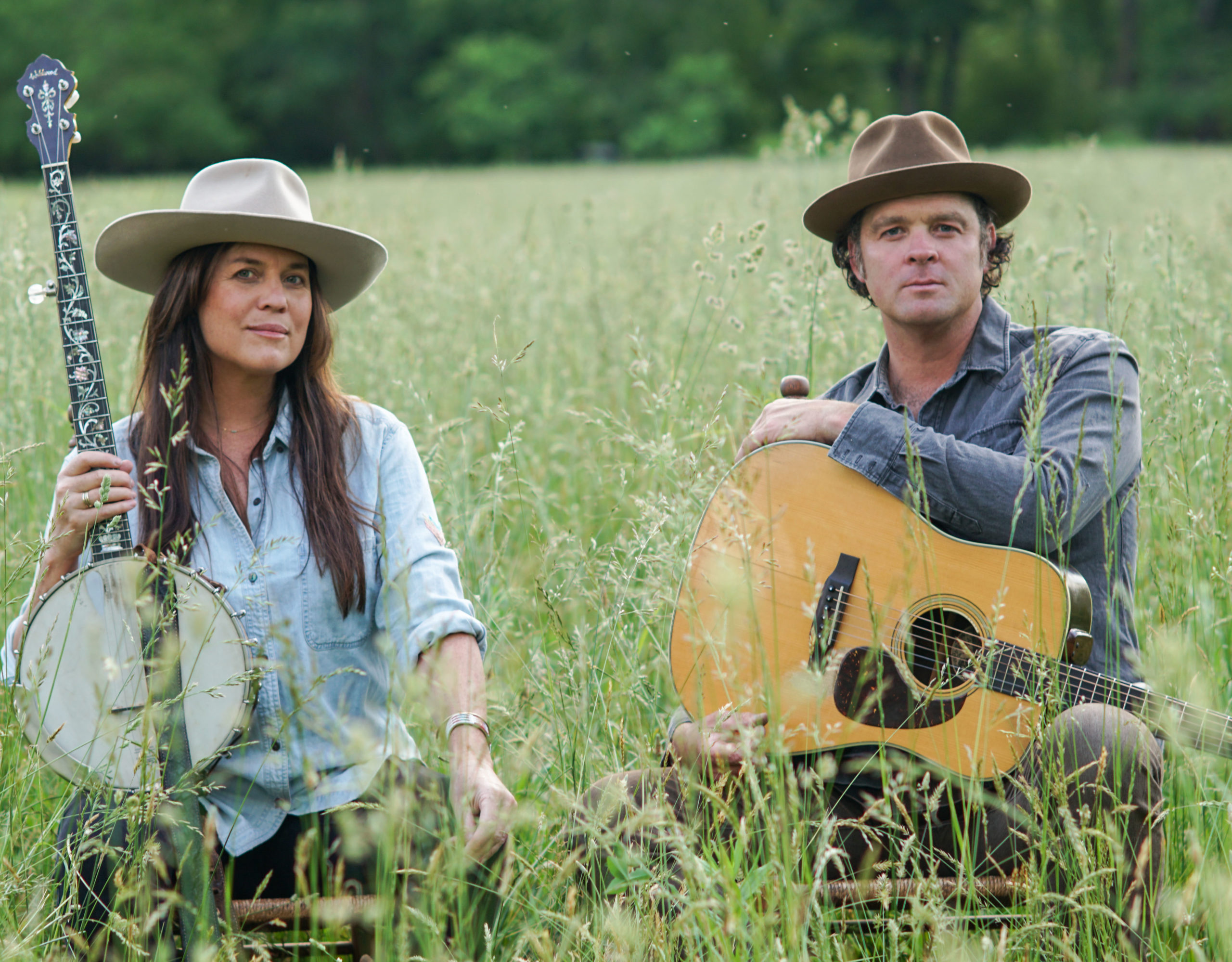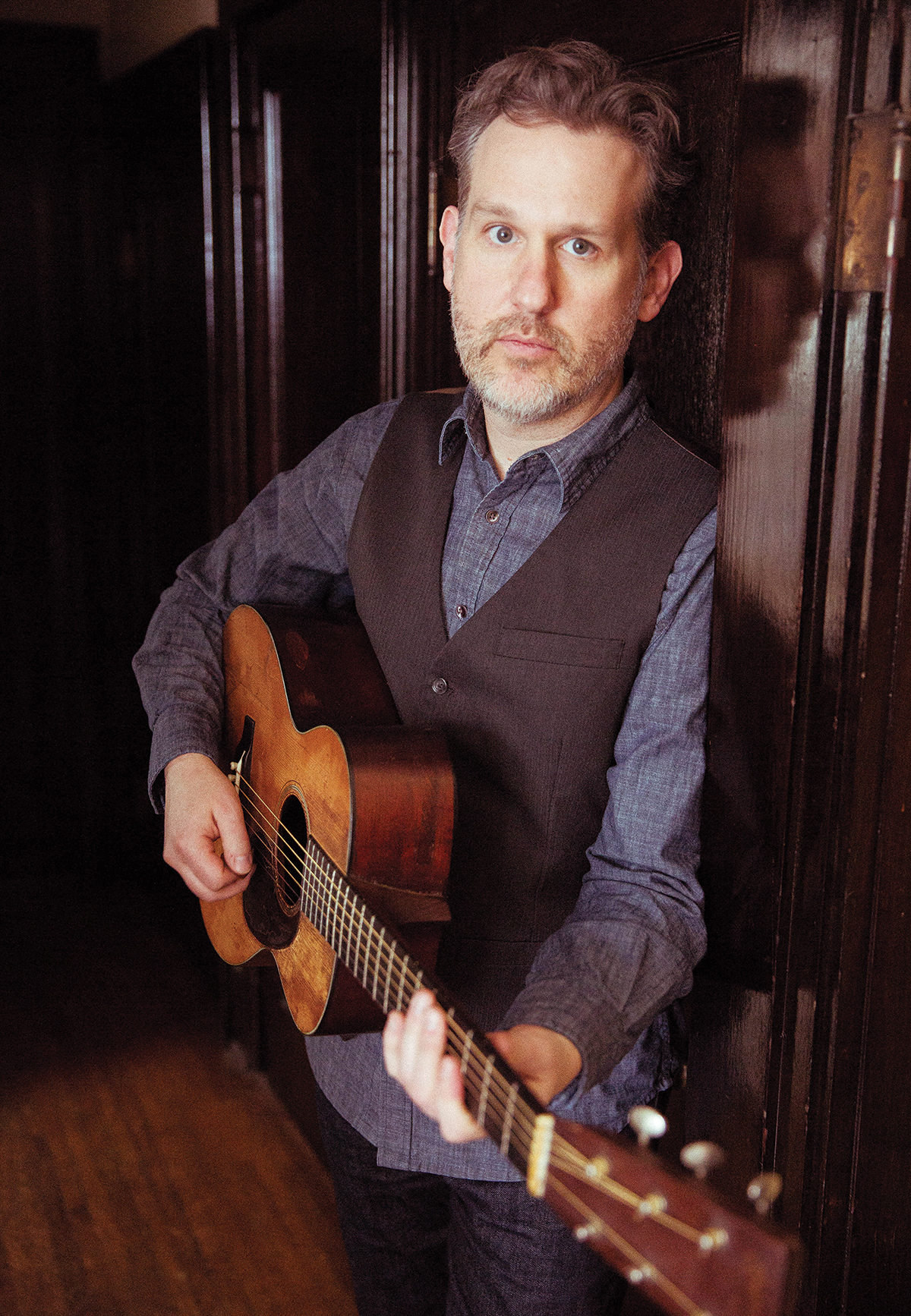
Electronica composer Mason Bates is equally at home complementing an orchestra or DJ-ing at a club.
Composer, pianist, percussionist, and beatmaker — Mason Bates doesn’t let his prominence in the world of orchestral music keep him from DJ-ing a set of electronic dance music for the late-night crowd every once in a while.
“If you really want to stay connected and understand the essence of something, you have to push yourself to actually be out there in the world encountering it,” Bates tells Bold Life in a call from Sao Paulo, Brazil. “Me going out and DJ-ing, and on the other end, performing with orchestras — these aren’t things that I was born doing.
“I push myself, and I find that it pays dividends in my music, ’cause I tend to understand more from a musician’s perspective. If you can’t get something to work one way, how do you get it to work a different way?”
Bates, who has gained notoriety by incorporating electronics and improvisation into his orchestral works — he is considered the second-most performed living composer — got his first musical training in the Episcopal Church tradition growing up in Richmond, Virginia. The process of composing developed from both nature and nurture.
“From an early age, I was writing music and little stories and things,” he recalls.
The nurture component came in the form of his piano teacher at St. Christopher’s School, Hope Armstrong Erb. “She saw that I was writing a lot of music, and said, ‘I’ll make a deal with you. I’ll mentor you in composing if you practice more piano,’” Bates recalls. “I was spending a lot of time making elaborate rhapsodies that were kind of like me banging on the piano. And she said, ‘You really need to learn classical technique to develop the skills musically, and also the work ethic to be a composer.’”

Mason Bates visited Fermilab particle accelerator outside of Chicago, and used the energy facility’s industrial sounds in his piece “Alternative Energy.”
Bates also gives credit to John Corigliano, his composition teacher later at Juilliard, who taught him to “to think about what you’re doing before you do it” — in regard to context and atmosphere. “You have to think about, ‘Okay, this piece is about being in the South, from dusk till dawn.’ We’re going to declare a melody at some point, and the melody’s going to be woven through these textures. You have to really engineer it before you start composing the notes.”
A strong sense of place informs much of Bates’ music. “Rusty Air in Carolina” is about a youthful summer he spent at Brevard Music Center, back in 1994. He goes much further afield in “The B-Sides,” a piece he describes as hailing “from the outer edge of the atmosphere, where I set the 1965 NASA Gemini IV recording to music and you kind of spacewalk to the north shore of Kauai.” The composer adds: “I like the musical possibilities that come with putting the audience member in a kind of space, literal or figurative.”
Bates became interested in electronic music after moving to New York City. At Juilliard, he created beats, rhythmic scenery with loops and patterns triggered live, as in his composition “Mothership.”
In “Mothership” he also brings in a series of improvisers for “energetic cameos,” without ever taking the spotlight off the orchestra. “I think to this day I’m probably not the most predisposed to improvisation,” Bates admits. “You know, if you’re a composer of symphonic music, you tend to be somebody who likes to have things nailed down, and likes to be in control of all the details.”
“Mothership” was debuted by San Francisco Symphony maestro Michael Tilson Thomas, and has become Bates’ most-performed piece. “It’s not my deepest piece, it’s not a long 30-minute symphony, but it’s the piece that a lot of people are introduced to my music with,” he says. “It’s my ‘Short Ride in a Fast Machine’ [modern composer John Adams’ breakthrough] that gets played all the time.” Thomas was, in fact, the conductor who premiered both pieces.
“I think that’s no coincidence,” says Bates.’”
In “Rusty Air in Carolina,” Bates began using digital samples for texture and added harmony, as well. “I realized that you can actually take the audience places, and bring in field recordings of things, or have surprises or even natural effects. So the beginning of it for me was definitely coming out of techno, and I think you can probably hear that in most pieces, that there’s a highly rhythmic element.” Bates later visited the Fermilab particle accelerator outside of Chicago, and used the energy facility’s industrial sounds in his piece “Alternative Energy” as a kind of percussive theatrical effect.
Bates is excited about returning to Brevard. “I remember this incredible melting pot of musicians from all over the country, and really finding a mentor in Robert Moody,” he says. “I love the place. I love the mountainous setting. North Carolina and Virginia aren’t the same place, but they share a lot of similarities, like the rich humid air, and the sound of cicadas in the trees. ‘Rusty Air In Carolina’ was written with very genuine memories of a place that I love.”
Brevard Sinfonia, featuring Brevard Music Center alumni Mason Bates (composer/electronica) and Robert Moody (conductor), performs Bates’ “Rusty Air in Carolina,” “Alternative Energy,” and “Symphonie Fantastique” — a “musical expedition into psychedelia” — at Whittington-Pfohl Auditorium on Saturday, July 16, at 7:30pm, as part of the 80th anniversary of Brevard Music Festival. $15-$55. 828-862-2105. brevardmusic.org.



